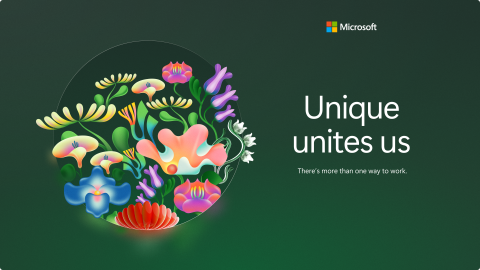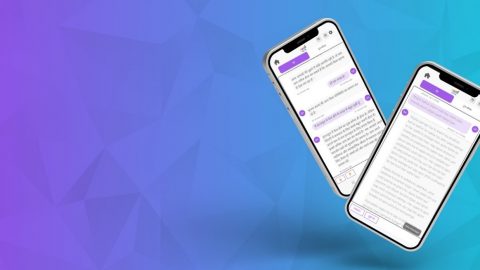Accessibility Makes It to Super Bowl
This blog post was written by Bonnie Kearney, Director of Accessibility & Aging Communications at Microsoft. Bonnie has been with Microsoft for more than 18 years and is especially passionate about building awareness for technology that improves the lives of people of all ages and abilities.
—–
On Sunday, I watched the Super Bowl and Microsoft’s new advertisement on the power of technology to transform lives.
The ad featured Steve Gleason’s story, which was especially profound for me. Over thirty years ago my Aunt Dorothy was diagnosed with ALS, and we communicated by talking to her and staring into her eyes, often only guessing at her thoughts. As I watched Microsoft’s first-ever Super Bowl ad I was struck by how far technology has come, and excited to see success stories featured during one of the biggest television events of the year.
When I joined Microsoft’s accessibility marketing team in 2000 I kept hearing the same question: ‘A blind person can use a computer?’ It was clear to me that accessibility was not well understood in the mainstream marketplace. I also heard a rallying cry when talking with industry officials and policymakers: ‘Accessibility is the right thing to do.’
I was particularly interested in the potential of accessible technologies to change lives. To fully realize that potential we needed to drive accessibility into the mainstream marketplace. By challenging stereotypes and broadening rhetoric beyond ‘It’s the right thing to do’ we could inspire entrepreneurialism and innovation in the free market.
One of our team’s first steps was to create a book “Accessibility in Today’s Business: Case studies for Success” that highlighted senior managers at Fortune 500 companies who had disabilities. This book helped dismantle myths about the capability of people with disabilities. The book also reiterated that recruiting, retaining, and marketing to a broader customer base was good business. We began highlighting the book’s case studies and tenants in our materials, website, and presentations.
After the book came out, I knew we were moving accessibility into the mainstream because competitors, partners, policymakers, and people with disabilities began telling me: ‘You know, accessibility is not just the right thing to do. It makes good business sense.’ Our education materials and software products were mimicked by competitors. We were hitting a nerve.
Reinforcing key messages among a growing group of accessibility professionals was not enough to move accessibility deeper into the mainstream marketplace. Our team set out to debunk the myth that accessibility was a niche market. We took a big step when Microsoft commissioned a large-scale survey by Forrester Research to determine the size of the U.S. accessibility market. The survey targeted working age adults and asked them task-based questions: ‘Do you have difficulty seeing faces on the television?’ ‘Do you need glasses to read the newspaper?’ The Forrester survey’s language taught us how we could improve our own help files, marketing, and messaging.
The report’s findings were profound. We learned that 57 percent of working-age adults are likely to benefit from accessible technology, reinforcing the importance of developing products that are easier to use.
Meanwhile, our focus groups on accessibility features stressed the importance of discoverability. Some language and imagery in Microsoft’s accessibility wizards inadvertently put off individuals. Some people did not relate to a wheelchair icon or questions such as ‘Are you blind?’ Despite readily available accessibility features in Windows, low awareness and poor discoverability had prevented widespread use by people who were likely to benefit. We began incorporating language from Forrester’s research into our help files. We also partnered with Windows development teams to replace the wheelchair icon and accessibility wizard with the Ease of Access Center and Ease of Access logo in later generations of Windows.
Today, we are encouraging new solutions through our involvement with the International Association of Accessibility Professionals. We are collaborating with the public sector, caregivers and individuals to help them leverage and use technology that can transform lives. Last fall, for example, we partnered with New York City on the Exergamers project, which uses Kinect for Xbox to promote more active and social lifestyles for seniors. We continue to improve awareness of accessibility by telling stories of individuals whose lives have been transformed by technology.
Oh yeah, and then there was that Super Bowl ad.







